AUGUST 23, 1968:
The Attack on FOB 4/CCN
Multiple Perspectives on Special Forces’ Costliest Night
By How Miller
On the night of 23 August 1968, US Army Special Forces suffered its most costly day ever at Forward Operating Base 4 (FOB 4) next to Marble Mountain at Da Nang, South Vietnam. The VC and NVA after long planning, and utilizing their elite sapper units, undertook a large strike, to include FOB4. It seems the NVA were eager to strike at the home base of the unit that was causing such mayhem on the Ho Chi Minh trail, disrupting the transportation of men and materiel to the South.
We offer you access to different viewpoints of the action and its aftermath.
John “Tilt” Stryker Meyer, utilizing first-hand accounts, wrote in gripping detail about it in his book On the Ground. Chapter 7 is where he deals with the attack. Last month we featured a story from Tilt’s book Across the Fence. His website is sogchronicles.com.
In Tilt’s Chapter 7 from On the Ground he writes of many acts of bravery, starting with PFC Bill Bric, brother of Gold Star chapter 78 member Steve Bric, immediately grabbing his gear and running towards his assigned position on the perimeter. In a nearby hooch, medic SP4 Ron Jungling just missed being shot while his roommate SFC Rolf Rickmers was killed instantly, and that was far from his only brush with death that night, as he tended to wounded while he continued to move around and provide firepower for the defense.
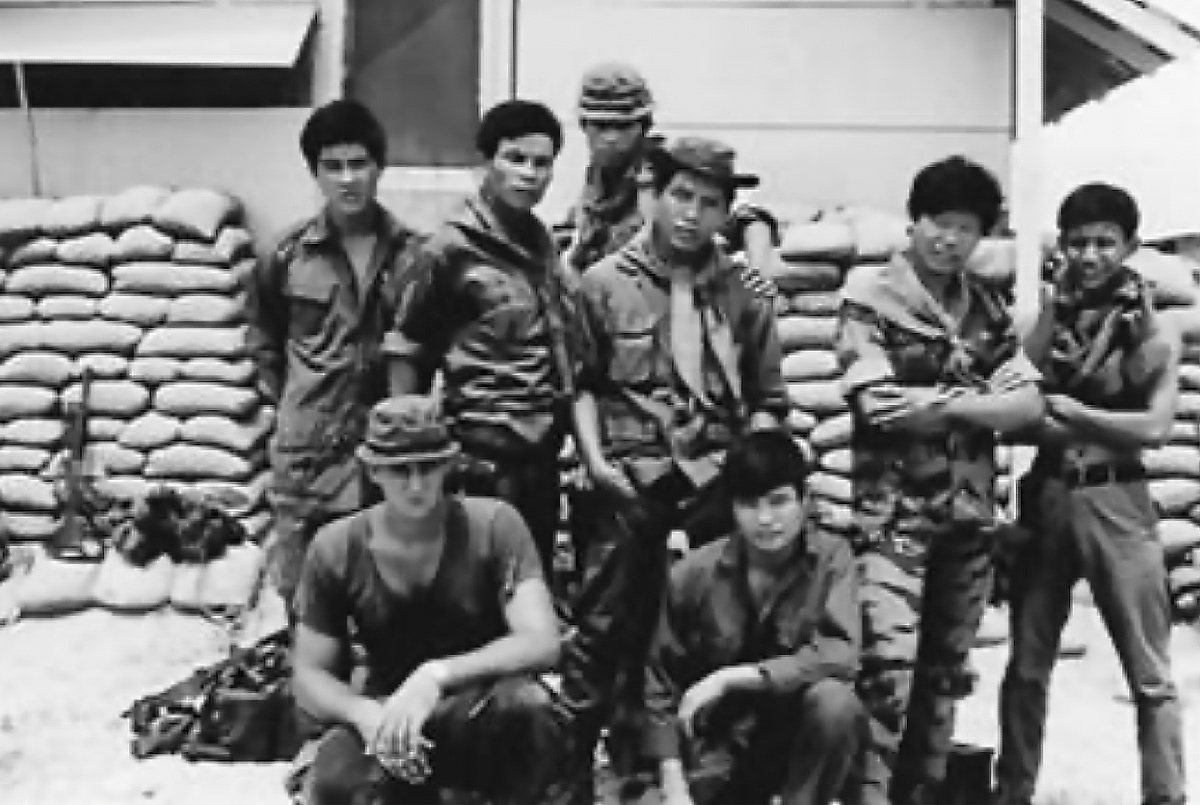
Ed Ames, ST Rattler One Zero, left front row, with RT Rattler at FOB 4 August 21, 1968, two days before the attack.
Meanwhile Spike Team (ST) Rattler was taking its turn providing security above on Marble Mountain. Assistant team leader Larry Trimble could only monitor the chaotic radio commo and watch enemy and friendlies alike scurrying around, as wave after wave of NVA sappers penetrated the seaside camp while his team was also attacked by sappers who had silently climbed ropes to surprise them. The spike team quickly overwhelmed the attack, using grenades, AR 15s and M79 grenade launchers. Shortly thereafter they were also able to knock out an 82mm mortar that had been firing into FOB 4.
Tilt continues to describe the frenetic actions of many of the men, including an unidentified Special Forces soldier and a 9 year-old orphan boy the troops called “Spike” who spent the night preparing and firing flare rounds from the mortar pit. This illumination was lifesaving by enabling the troops to see the enemy.
The chaos continued far into the night. Gunships were called in to help, and when it was all over, 16 Green Berets and many indigenous lay dead, with 50 more wounded.
While the camp was being attacked, most of the action could be followed by the nightly security team up on Marble Mountain, as told by assistant team leader, Green Beret Larry Trimble. Tilt used Larry’s input in the book as well as in one of his many episodes of his SOGCAST on YouTube. SOGCAST 005 features Larry Trimble, who describes in more detail what he and his troops were able to do as they realized the disaster unfolding at their feet. The SOGCAST gives a more detailed personal feel to what happened, including some lighthearted back and forth between the two old friends
The SOGCast YouTube podcasts are sponsored by Jocko Willink. Click here for a full list of episodes.
And the third point of view comes from the NVA themselves, in a 20-minute promotional video with maps and quotes, with SOG veteran Ken Boyd describing their actions and some of their overall strategy.
Altogether, they will give you a realistic picture of that devastating night. Subsequent to this the 6 FOBs were reorganized into 3 units: CCN(orth), CCC(entral), and CCS(outh).
The achievement of total surprise, and much damage to men, materiel, and morale was cause for NVA propaganda as well. It is quite telling to hear their side of the story.
CPT Ken Boyle arrived two days later with a Hatchet Force platoon from FOB 1 at Mai Loc to help secure the area and do follow-up work. Ken went on years later to write books, including a “work of fiction” based on his SOG experience called Dawson’s War. Most he published under the Pseudonym B.K. Marshall. He also has done a number of podcasts/videos about SOG which you can find on YouTube channel @DawsonsWar.
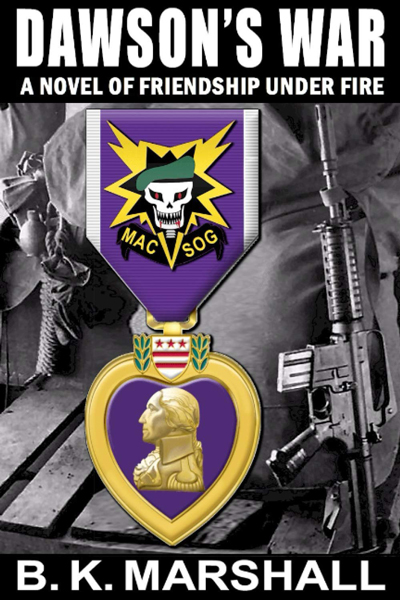
Somewhat unique in the podcast world is his dramatic, clearly explained and illustrated account, based on information from the NVA. He leads us through the events starting with the years long goal of eliminating the “Nung Base” at what we called FOB 4, Da Nang.
The plan included recons, prior practice, and prepositioning of troops and materiel. According to Ken, the distinction between Viet Cong and NVA is rather nebulous. They were all considered by themselves to part of the NVA (PAVN), or People’s Army of Vietnam being what they called themselves). Ken offers some insight into the question of whether the base was struck because the NVA considered it the base camp of SOG.
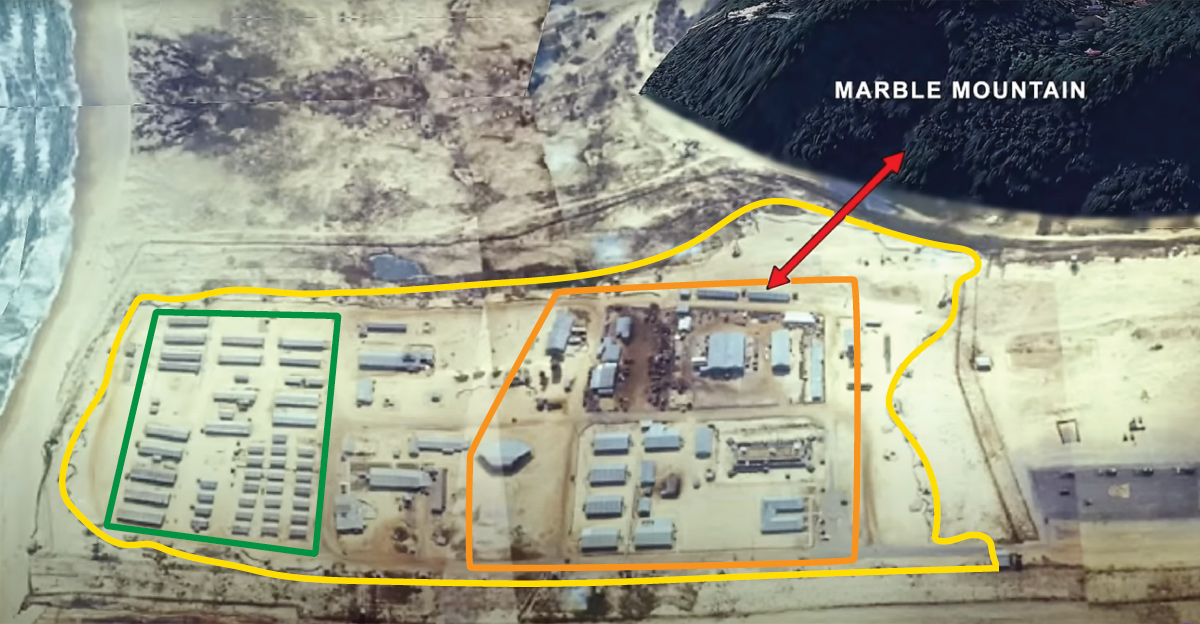
FOB 4, which the NVA referred to as a "Nung commando base," is shown above in an aerial view taken several years after the attack. Because it was part of a much larger MACV-SOG Command and Control complex (map shown below) located on the coast of the South China Sea near the Marble Mountains southeast of Da Nang, Vietnam, security was lax. The caves of Marble Mountain, which provided a save place to launch the attack from and retreat to afterwards, were less that 100 meters away. The perimeter trenches and bunker (marked above in yellow), were not occupied at night. NVA intelligence noted that valuable targets were not protected. The combat forces (enclosed by the green box) were located in the east side of the compound and the logistics, communications, and headquarters (within the area indicated by the orange line) were located in a vulnerable location on the west end of the complex. (From @dawsonswar YouTube channel; " Viet Cong Account of the August 23, 1968 Attack on MACV-SOG" at https://www.youtube.com/watch?v=EtGnwdbPE2E)
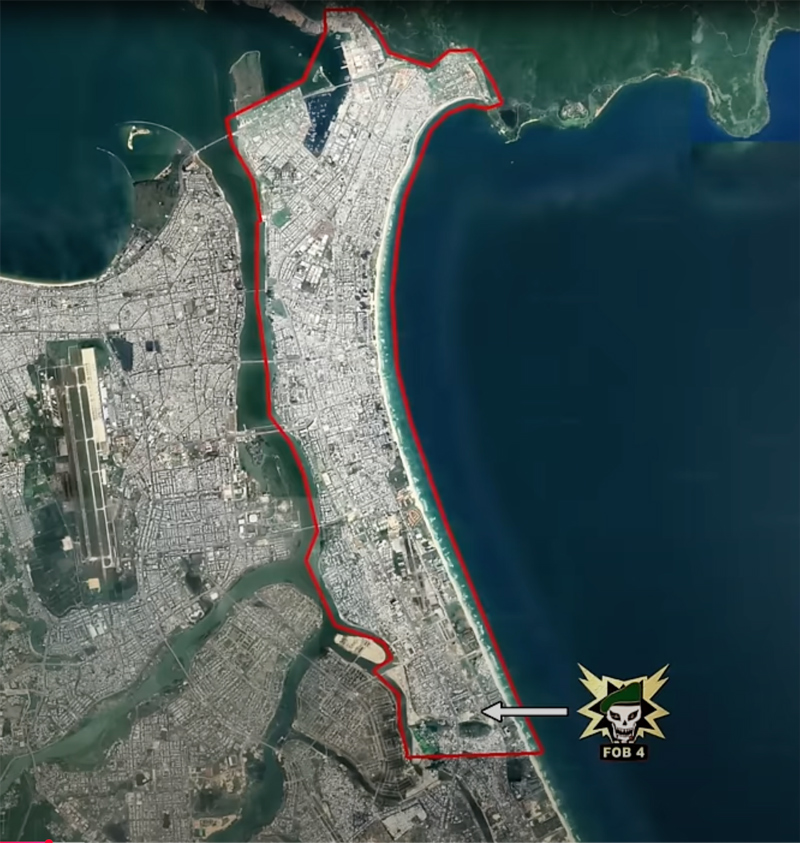
The General in charge of what was popularly known as the 20th brigade, Nguyen Van Tri, is quoted as saying they picked the target partly because it was so convenient to approach, and possibly infiltrate. The base was less than 100 yards from concealment at the base of Marble Mountain. His NVA/VC 20th Brigade had a bold plan which included 5 main sites of conflict. It was imperative that they keep the helicopters from the nearby Marble Mountain Air Facility on the ground, so he sent a contingent near there to bring continuous indirect fire. The outside security detachment on Marble Mountain needed to be eliminated. Reinforcements from the ocean side needed to be prevented. Indirect fire on FOB 4 needed to come from varied locations, including one on the far side of Marble Mountain. And of course there were several objectives inside the camp, including USSF Green Berets, the Nungs, the POW compound, ammunition and other storage, and the TOC to target the leaders.
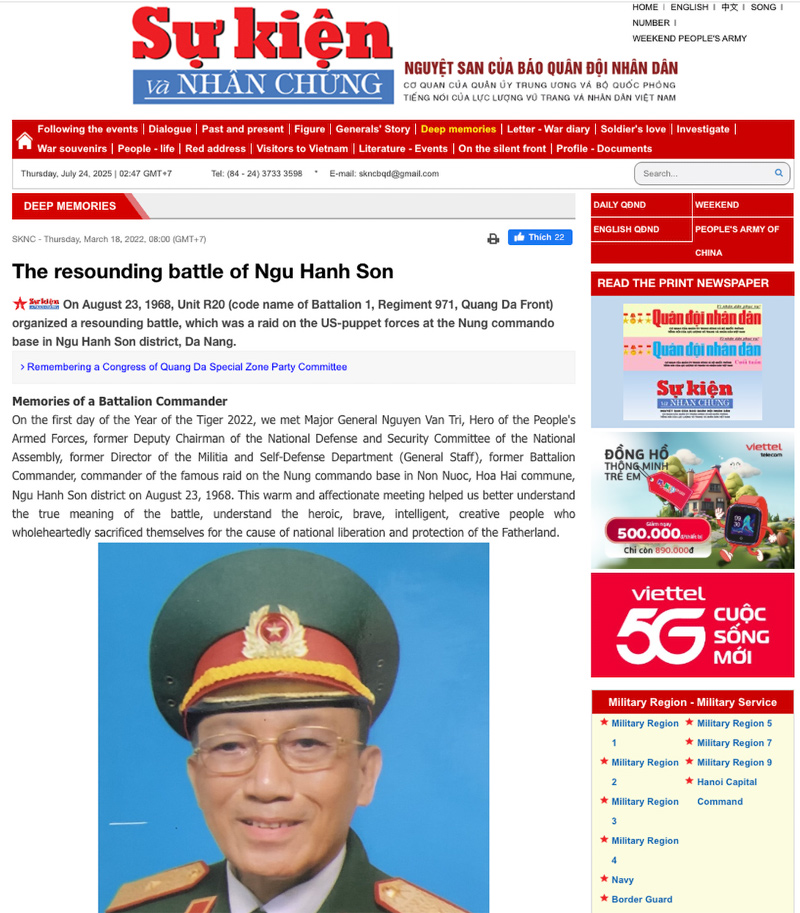
Read the interview with Major General Nguyen Van Tri. This was published in a Vietnamese publication, so you may need to utilize browser translation capabilities.
Ken explains and shows each of these as the tale unfolds. It is an unforgettable rendition seen from the enemy’s eyes. The video is only 20 minutes long but feels like it contains far more information.
Read more on the attack of FOB 4, including first hand accounts:
“16 SF KIA, FOB 4/CCN, August 23, 1968” by John Stryker Meyer published in the August 2023 Sentinel
“FOB 4 Overrun on August 23, 1968: Prelude to Becoming the Commanding Officer of the MACV-SOG One Zero (1-0) School” by Travis Mills, published in the March 2018 Sentinel;
“Attack on FOB 4: Worst Day in Army Special Forces History” by Stavros Atlamazoglou, most recently published in Coffee or Die magazine, it was originally published by Sandboxx News, September 29, 2021
About the Author:
How Miller has served as the editor of Chapter 78’s Sentinel since January 2021. Read How’s Member Profile to learn more about him.
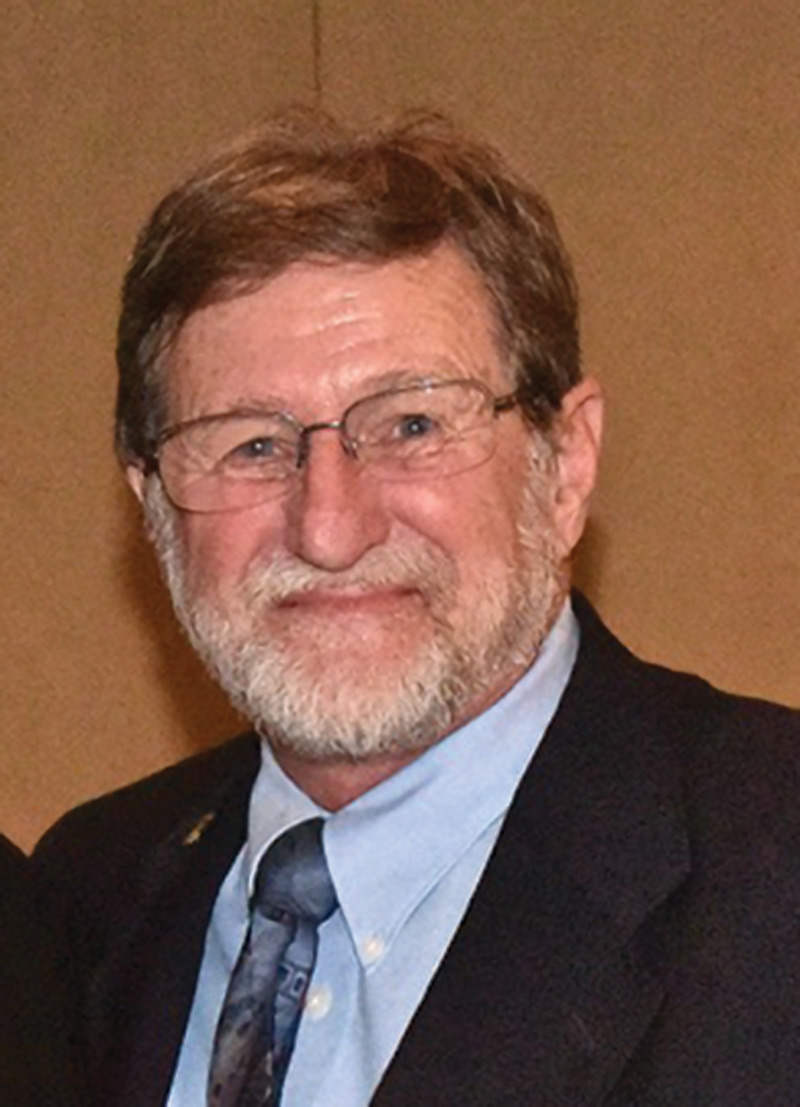
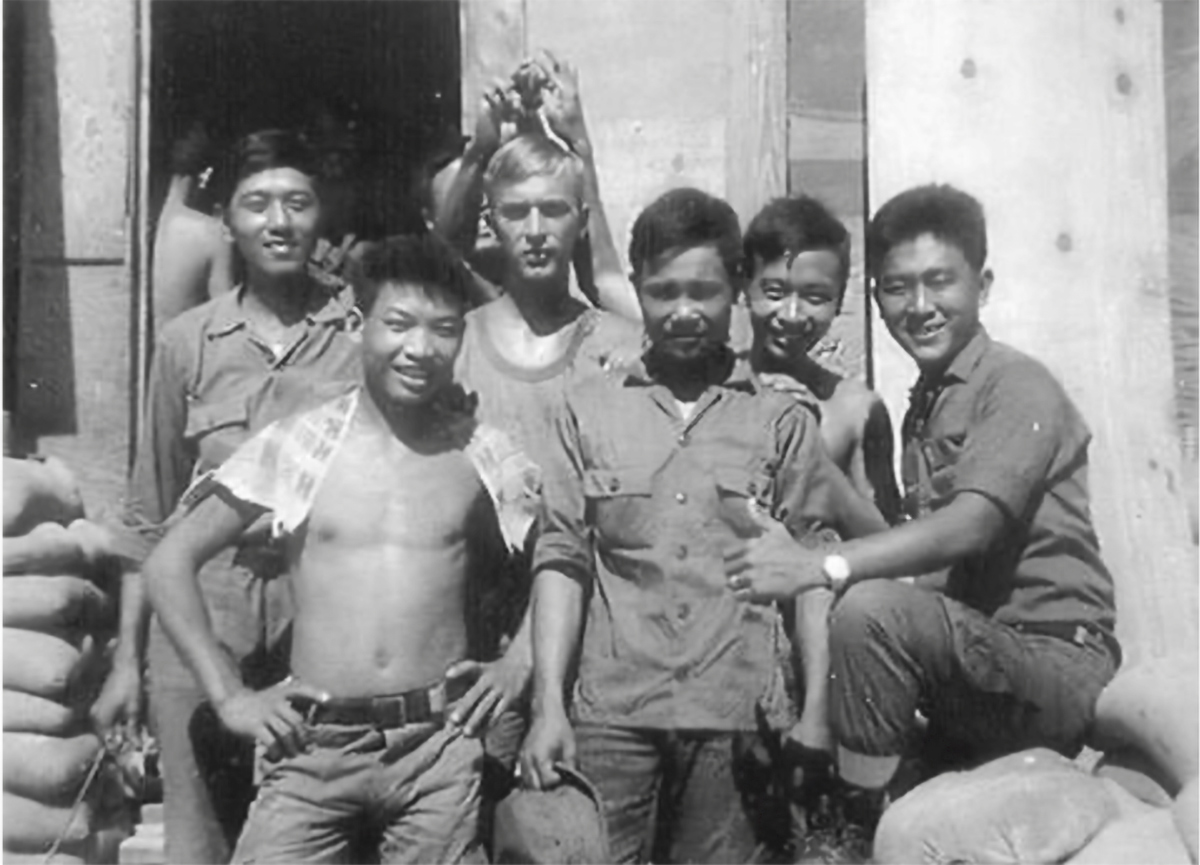
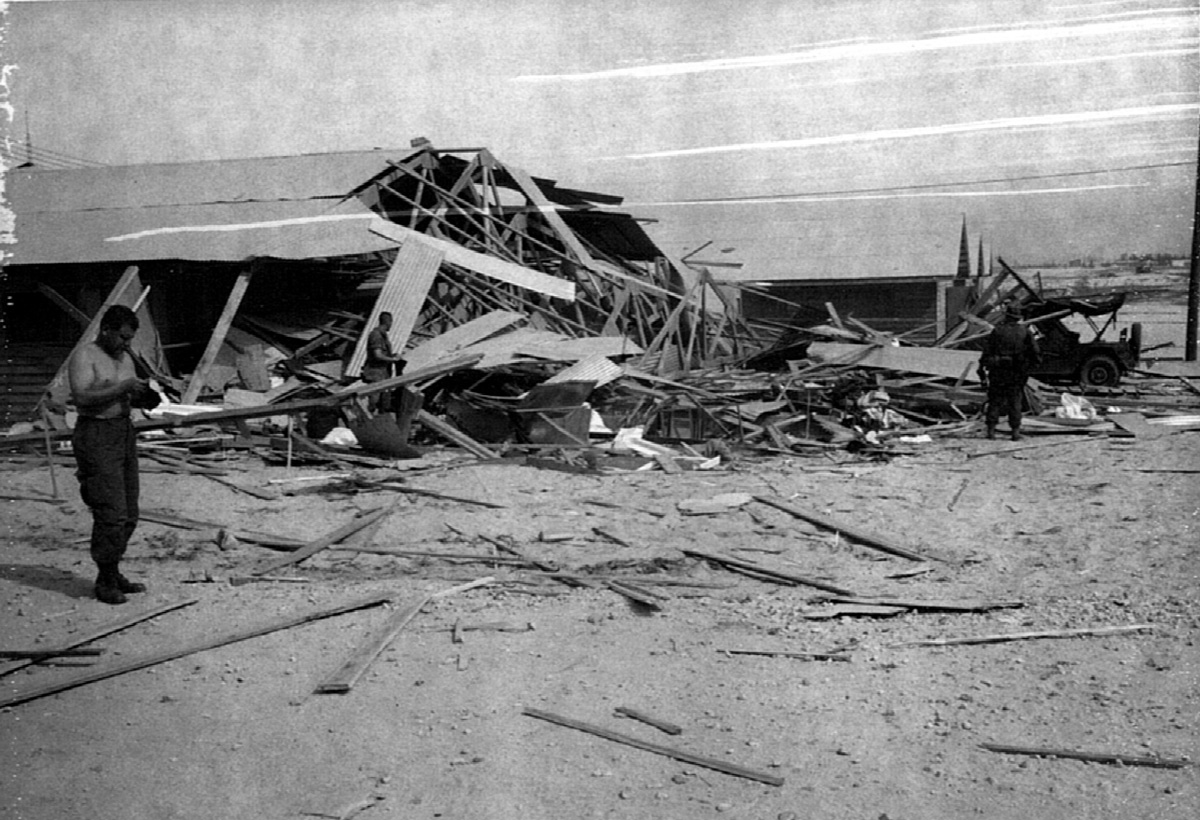
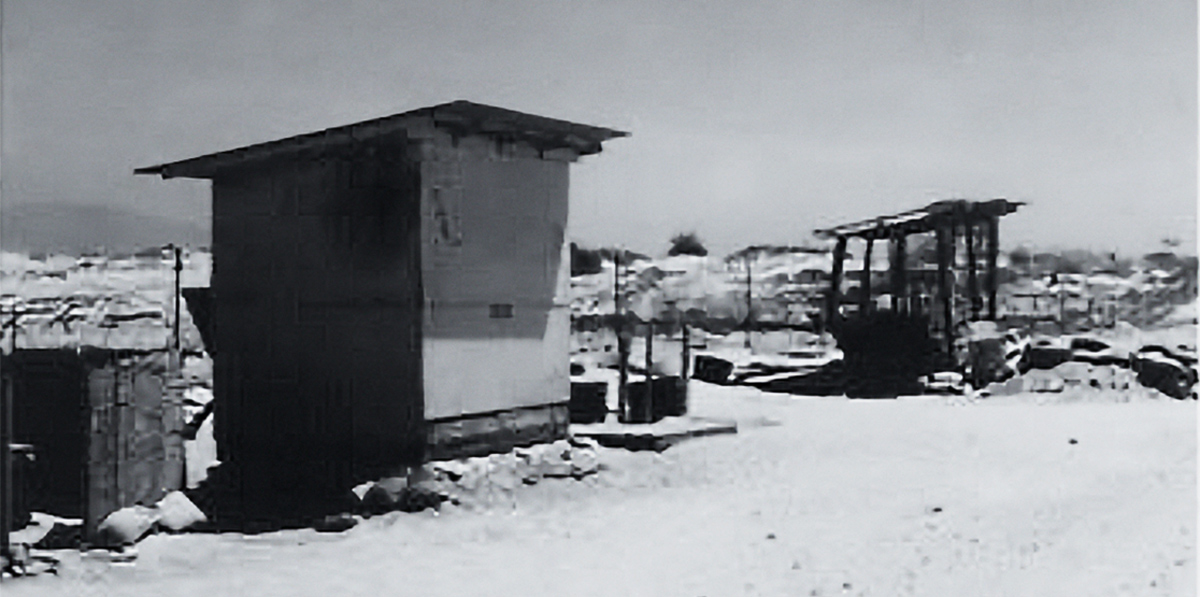
Leave A Comment